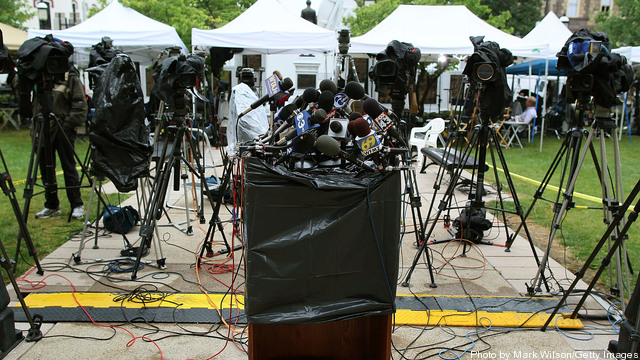
Natural gas is an efficient, safe, and reliable fuel source. It costs less than heating oil, and is one of the cleanest-burning fuels available. If you are not currently using natural gas in your building, converting to natural gas is a wise choice for property owners who want to reduce greenhouse gas emissions and improve the air quality in your community.
For buildings already using natural gas, there are ways to minimize equipment replacement costs, lower operating costs and enhance the overall value and infrastructure of your property. One way is to commission an energy efficiency study to evaluate your property’s energy use and learn how to increase its energy efficiency. Regular maintenance and tune-ups to natural gas heating systems, as well as upgrading to high-efficiency furnaces, boilers and controls are often worthy investments. Keep reading →








